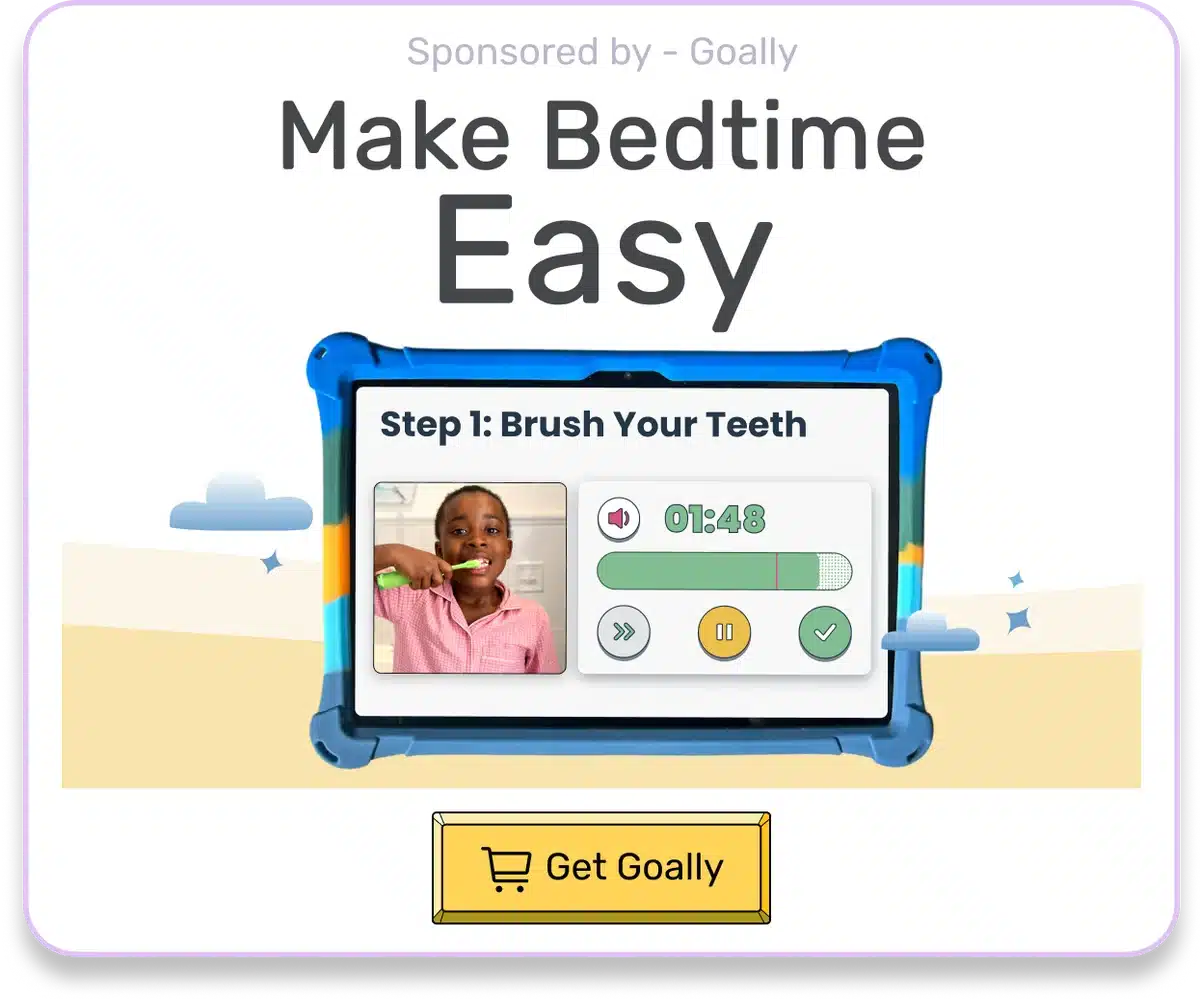Curious about how to visually celebrate the diverse world of neurodiversity? You’ve come to the right place! In this blog post, we’ll look into the colorful Neurodiversity Infinity Symbol, its origins, and how it can help promote understanding and acceptance of neurodivergent kids. We’ll also share practical tips on recognizing and celebrating their unique strengths and talents, as well as ways to use the symbol to raise awareness and foster inclusivity.
Table of Contents
Unveiling the Neurodiversity Symbol
Indeed, there is a neurodiversity symbol! Known as the Neurodiversity Infinity Symbol, it’s a rainbow-colored infinity sign. This eye-catching symbol represents the endless variations in human neurocognitive functioning. Introduced in 2013 by the Autism Rights Movement, the symbol aims to celebrate the diversity of human minds and promote acceptance of neurodivergent individuals, including those with autism, ADHD, dyslexia, and other thinking and learning differences.
Read more: What are Neurodivergent Love Languages?
But why a rainbow-colored infinity sign, you ask?
Well, there are two main reasons:
- Rainbow colors: The use of rainbow colors signifies the broad spectrum of neurodiversity, embracing the uniqueness of each individual’s cognitive abilities.
- Infinity sign: The infinity sign represents the limitless potential and boundless possibilities of neurodivergent individuals, emphasizing that there’s no “one size fits all” approach to understanding human cognition.

Using the Neurodiversity Symbol to Foster Acceptance
Now that we’ve introduced the neurodiversity symbol let’s talk about how it can nurture understanding and acceptance of neurodivergent kids.
Here are some ideas to get you started:
- Display the symbol: Showcase the neurodiversity symbol in your home, car, or workplace to raise awareness and spark conversations about neurodiversity.
- Wear it proudly: Don clothing or accessories featuring the neurodiversity symbol to show your support for neurodivergent individuals and their families.
- Share on social media: Use the neurodiversity symbol in your social media profiles or posts to spread the message of acceptance and understanding. This can also help create a supportive online community for parents and caregivers of neurodivergent kids.
- Educate others: Use the symbol as a starting point to educate friends, family, and colleagues about neurodiversity and the importance of embracing different ways of thinking and learning. Goally, for example, offers resources and tools to help parents and caregivers better understand and support their neurodivergent kids.
Recognizing and Celebrating the Strengths of Neurodivergent Kids
Embracing the neurodiversity symbol is just one way to support kids with thinking and learning differences. It’s also crucial to recognize and celebrate their unique strengths and talents.

Read more: Is ADHD Neurodivergent?
Here are some tips for doing so:
- Focus on strengths: Identify and nurture the areas where your child excels, whether it’s in art, music, problem-solving, or social skills.
- Encourage self-expression: Provide opportunities for your child to express themselves creatively and share their interests with others.
- Build self-esteem: Praise your child’s efforts and accomplishments, and help them develop a positive self-image. Positive reinforcement and by using tools like Goally, which can help your child build routines and achieve their goals.
- Advocate for inclusion: Work with educators and community members to create inclusive environments where neurodivergent kids can thrive. This includes ensuring that schools and extracurricular activities are accessible and accommodating to all children.
Goally | Apps To Support Child Development
Looking for fun ways to help your child learn life skills? Try Goally! The Goally tablet comes with award-winning learning apps and video classes to help kids develop the skills they need to become independent with FUN & evidence-based practices.

Our apps teach executive function, language, emotional regulation, finger dexterity skills, and more.
As your child develops new skills, you can increase the difficulty level of the tasks in the app to challenge and motivate them even further. This helps your child grow and progress at their own pace, while also keeping them engaged and excited about their development.

Final Thoughts on the Neurodiversity Symbol
In the end, the neurodiversity symbol is a powerful tool for promoting understanding and acceptance of neurodivergent individuals. By displaying and sharing this symbol, you can help raise awareness of the kids with thinking and learning differences. Remember, neurodiversity is a natural and valuable aspect of human variation. It’s up to all of us to create a more inclusive and supportive world for everyone. So, let’s celebrate neurodiversity together and make a positive impact on the lives of neurodivergent kids and their families!
FAQ’s About Neurodiversity Symbol
What is the neurodiversity symbol?
The neurodiversity symbol is a rainbow-colored infinity loop that represents the infinite variations of neurocognitive functioning.
When was the neurodiversity symbol created?
The symbol was designed in the late 1990s as the neurodiversity movement began gaining traction.
What does the infinity loop in the symbol signify?
The infinity loop represents the endless variations and diversity of human minds and neurotypes.
Why are there multiple colors in the neurodiversity symbol?
The rainbow colors symbolize the breadth of conditions like autism, ADHD, and dyslexia under the neurodiversity umbrella.
How is the neurodiversity symbol used?
It's widely adopted by neurodivergent individuals, advocates, and organizations to promote acceptance and inclusion of cognitive differences.
This post was originally published on 05/12/2023. It was updated on 05/06/2024.

Goally
We help parents teach their kids life skills, like doing bedtime and morning independently. Backed by science, we incorporate evidence-based practices and expert-informed designs in all of our apps and content.






